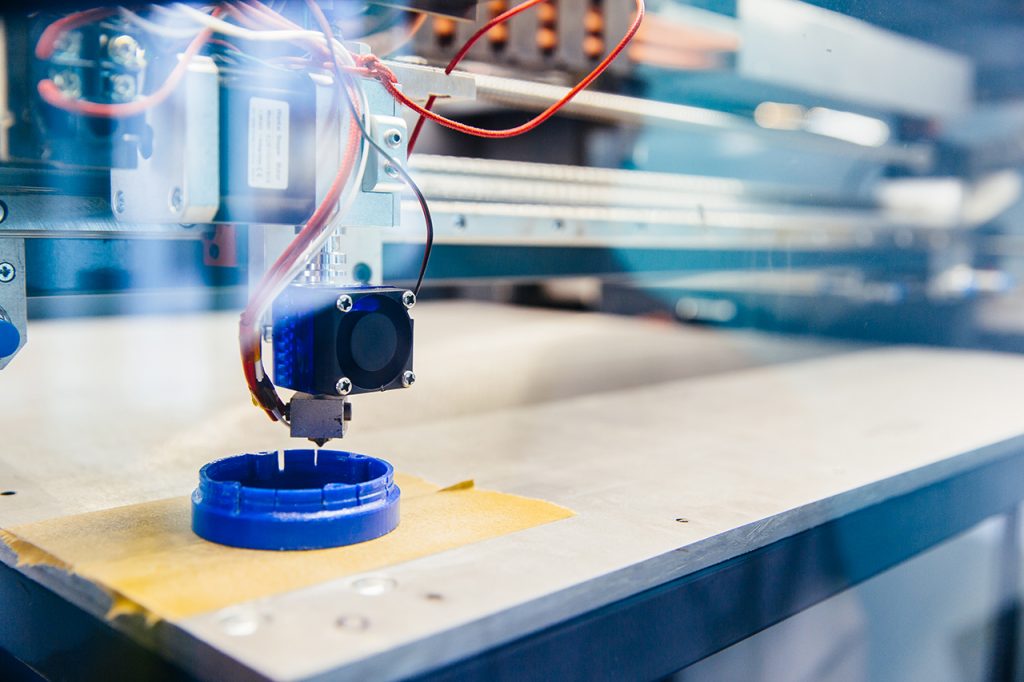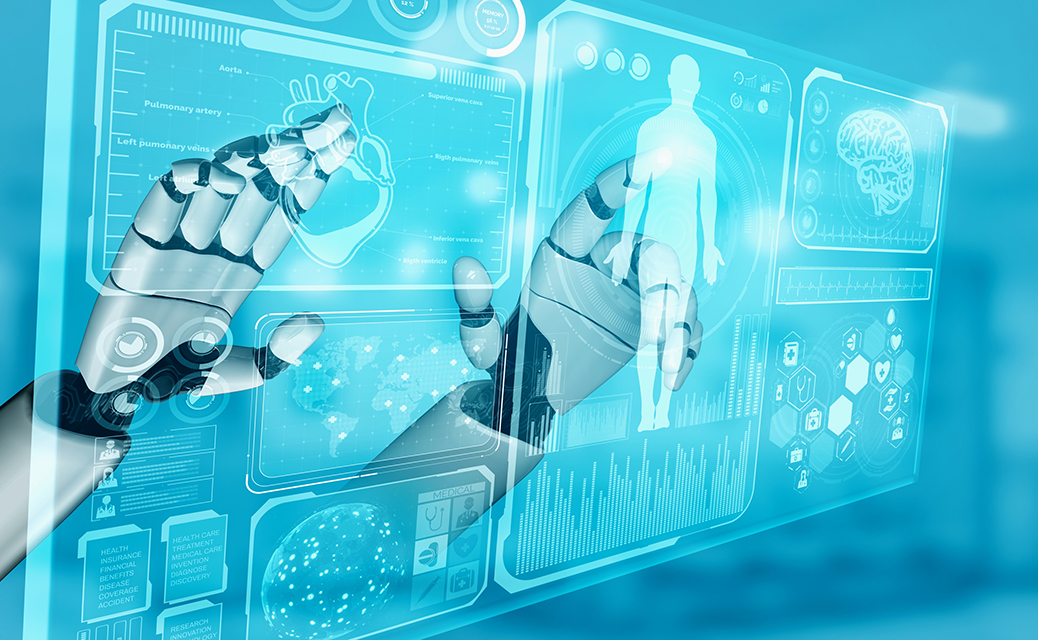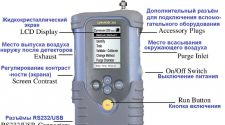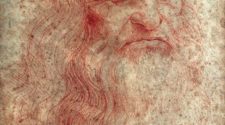This technology found useful in diagnosing and monitoring patients with COVID-19.
Recently, there has been life-changing and revolutionary research that indicates that the University of Minnesota’s computer and mechanical engineers have come up with an oh-so-Hollywood 3D (three dimensional) printing technique. This technique makes use of an innovative technology called “Motion Capture Technology.” This type of technology is often
shown in fancy Hollywood movies and sci-fi TV shows. In movies and shows, the concept looks almost impossible.
Well, not anymore. 3D printing technique has turned all medical dreams into reality. This technique works by directly printing special electronic sensors on human organs. This technique is fascinating, modern, yet sophisticated, and sensitive because these sensors need to adapt as quickly as possible to the contracting and expanding human organs. The group of researchers at UMN has resolved this sensitive issue by the use of dual-
cameras. These cameras develop an efficient and effective pathway for careful and accurate 3D printing to take place. The research team has also been entirely successful in applying this technique on an artificially inflated lung of an animal.












